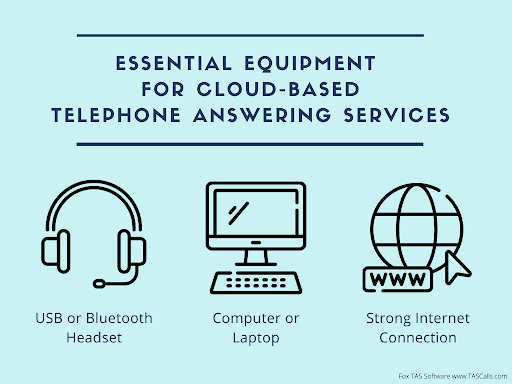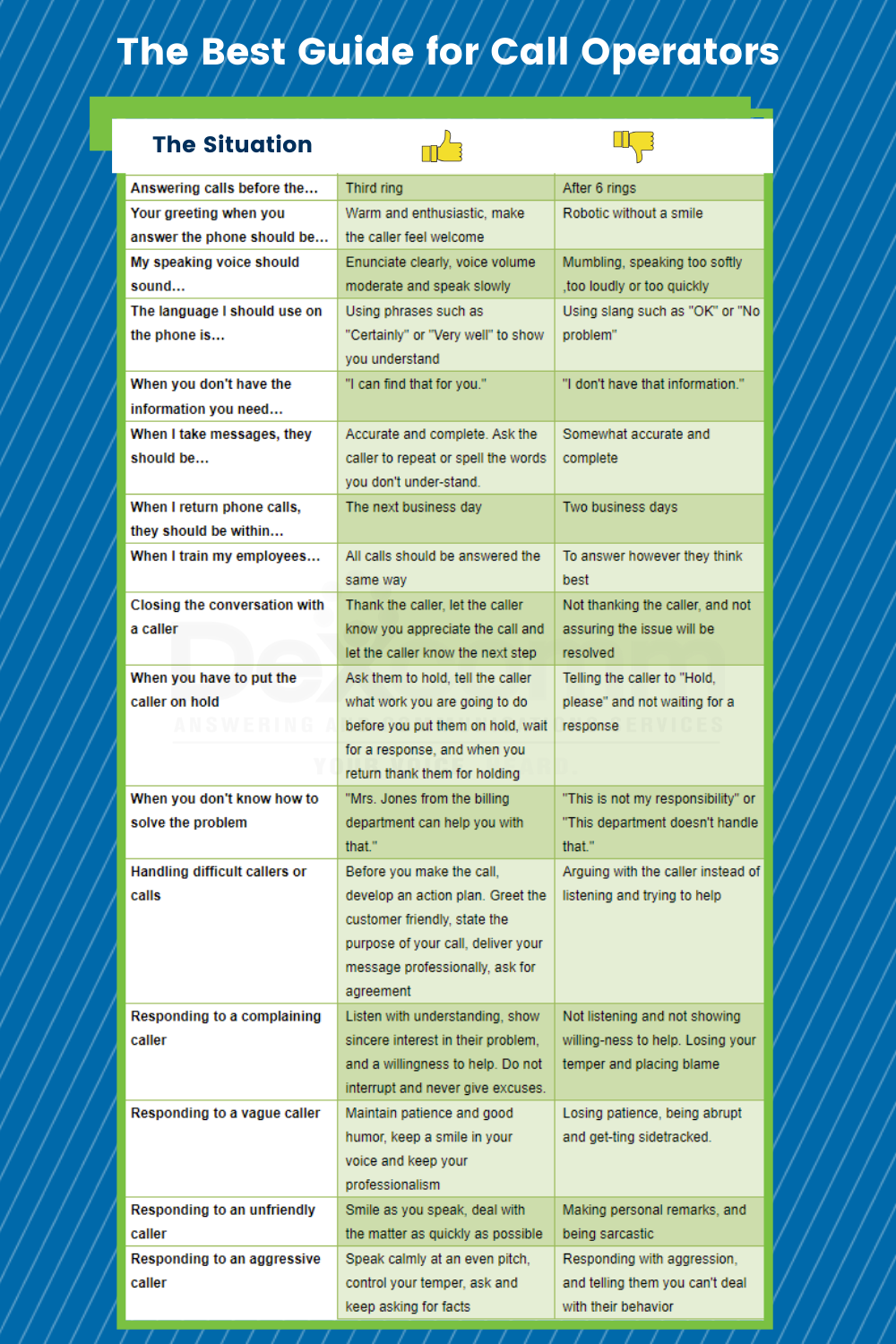All Categories
Featured
Table of Contents
- – What Is The Best Faqs - The Phone Answering For Me
- – What Is The Best Answering Services 101: Every...
- – Best Telephone Answering Services Money Can Buy
- – Whats The Best The Ultimate Guide To Telephon...
- – Who Is The Best The Ultimate Guide To Telepho...
- – What Is The Best Answering Adelaide - Phone ...
What Is The Best Faqs - The Phone Answering For Me
This device and its followers were created by Sava Jacobson, an electrical engineer with a private consulting business. While early answering devices utilized magnetic tape technology, a lot of modern equipment utilizes strong state memory storage; some gadgets utilize a mix of both, with a solid-state circuit for the outgoing message and a cassette for the incoming messages.
"toll conserving" listed below) (answer phone service). This works if the owner is screening calls and does not want to talk with all callers. In any case after going, the calling party should be informed about the call having been responded to (most of the times this begins the charging), either by some remark of the operator, or by some greeting message of the little bit, or addressed to non-human callers (e.
This holds particularly for the Littles with digitally saved greeting messages or for earlier machines (before the increase of microcassettes) with a special endless loop tape, separate from a second cassette, dedicated to recording. There have been answer-only devices with no recording abilities, where the greeting message had to inform callers of a state of present unattainability, or e (business answering service).
What Is The Best Answering Services 101: Everything You Need To Know ... Brand

about accessibility hours. In taping TADs the welcoming typically includes an invitation to leave a message "after the beep". A voice mail that uses a microcassette to record messages On a dual-cassette answerphone, there is an outbound cassette, which after the defined variety of rings plays a pre-recorded message to the caller.

Single-cassette answering makers include the outgoing message at the beginning of the tape and incoming messages on the staying area. They initially play the statement, then fast-forward to the next readily available area for recording, then tape the caller's message. If there are many previous messages, fast-forwarding through them can trigger a considerable hold-up.
This beep is typically described in the welcoming message, asking for that the caller leave a message "after the beep". Littles with digital storage for the recorded messages do disappoint this hold-up, of course. A little bit may use a push-button control center, whereby the answerphone owner can sound the house number and, by going into a code on the remote telephone's keypad, can listen to tape-recorded messages, or erase them, even when away from house.
Best Telephone Answering Services Money Can Buy

Thereby the device increases the number of rings after which it addresses the call (generally by 2, resulting in four rings), if no unread messages are currently saved, but responses after the set number of rings (usually two) if there are unread messages. This permits the owner to discover out whether there are messages waiting; if there are none, the owner can hang up the phone on the, e.
Some machines likewise allow themselves to be remotely activated, if they have been turned off, by calling and letting the phone ring a specific big number of times (usually 10-15). Some company abandon calls already after a smaller variety of rings, making remote activation impossible. In the early days of TADs an unique transmitter for DTMF tones (dual-tone multi-frequency signalling) was regionally needed for remote control, given that the formerly used pulse dialling is not apt to communicate suitable signalling along an active connection, and the dual-tone multi-frequency signalling was carried out step-by-step.
Any incoming call is not identifiable with regard to these properties in advance of going "off hook" by the terminal devices. So after going off hook the calls should be changed to proper gadgets and only the voice-type is instantly accessible to a human, however maybe, nonetheless need to be routed to a LITTLE BIT (e.
Whats The Best The Ultimate Guide To Telephone Answering Services
What if I told you that you do not have to really pick up your gadget when answering a consumer call? Someone else will. So practical, ideal? Answering phone calls does not need somebody to be on the other end of the line. Efficient automated phone systems can do the trick simply as effectively as a live representative and sometimes even better.
An automated answering service or interactive voice response system is a phone system that interacts with callers without a live person on the line - virtual answering service. When business use this technology, clients can get the answer to a question about your organization simply by utilizing interactions set up on a pre-programmed call flow.
Although live operators update the customer service experience, lots of calls do not need human interaction. An easy documented message or directions on how a consumer can retrieve a piece of information generally fixes a caller's instant need - business call answering service. Automated answering services are a simple and reliable method to direct inbound calls to the ideal individual.
Who Is The Best The Ultimate Guide To Telephone Answering Services Service
Notice that when you call a company, either for support or item questions, the first thing you will hear is a pre-recorded voice welcoming and a series of choices like press 1 for customer care, press 2 for inquiries, and so on. The pre-recorded alternatives branch out to other choices depending upon the customer's choice.
The phone tree system helps direct callers to the ideal individual or department using the keypad on a cellphone. In some instances, callers can use their voices. It's worth keeping in mind that auto-attendant options aren't restricted to the ten numbers on a phone's keypad. As soon as the caller has picked their very first option, you can develop a multi-level auto-attendant that utilizes sub-menus to direct the caller to the right sort of assistance.
The caller does not need to communicate with a person if the auto-attendant phone system can manage their issue. The automatic service can path callers to a worker if they reach a "dead end" and require help from a live agent. It is costly to work with an operator or executive assistant.
What Is The Best Answering Adelaide - Phone Answering Services To Get
Automated answering services, on the other hand, are substantially cheaper and provide considerable cost savings at an average of $200-$420/month. Even if you don't have committed personnel to manage call routing and management, an automated answering service improves efficiency by allowing your team to focus on their strengths so they can more efficiently spend their time on the phone.
A sales lead routed to client service is a lost shot. If a client who has item concerns reaches the wrong department or gets incomplete answers from well-meaning employees who are less trained to handle a specific kind of concern, it can be a reason for aggravation and frustration. An automatic answering system can minimize the number of misrouted calls, thus helping your workers make better use of their phone time while maximizing time in their calendar for other jobs.
With Automated Answering Systems, you can develop an individualized experience for both your staff and your callers. Make a recording of your primary greeting, and just update it routinely to reflect what is going on in your organization. You can produce as many departments or menu alternatives as you desire.
Table of Contents
- – What Is The Best Faqs - The Phone Answering For Me
- – What Is The Best Answering Services 101: Every...
- – Best Telephone Answering Services Money Can Buy
- – Whats The Best The Ultimate Guide To Telephon...
- – Who Is The Best The Ultimate Guide To Telepho...
- – What Is The Best Answering Adelaide - Phone ...
Latest Posts
Detailed Virtual Receptionist Near Me
Guaranteed Live Receptionist Service – Sydney
Reliable Professional Answering Service Near Me – SA
More
Latest Posts
Detailed Virtual Receptionist Near Me
Guaranteed Live Receptionist Service – Sydney
Reliable Professional Answering Service Near Me – SA